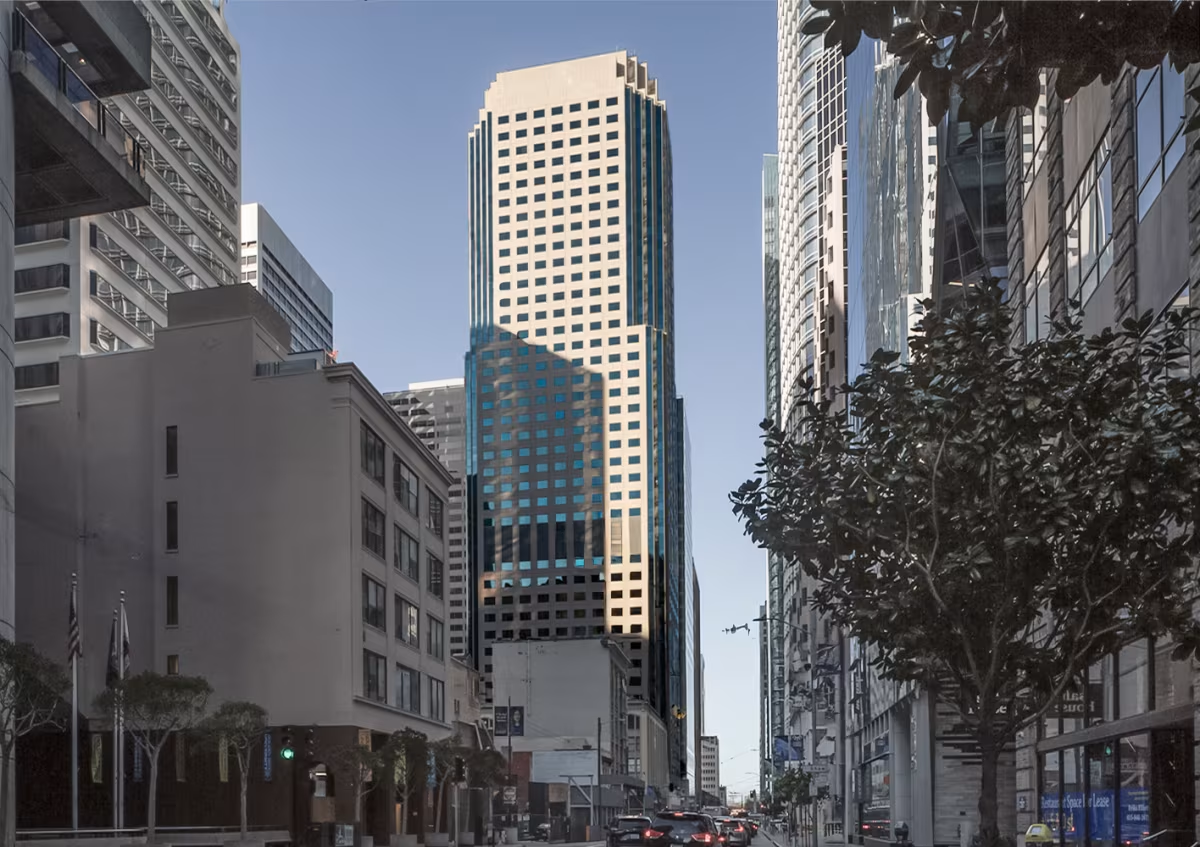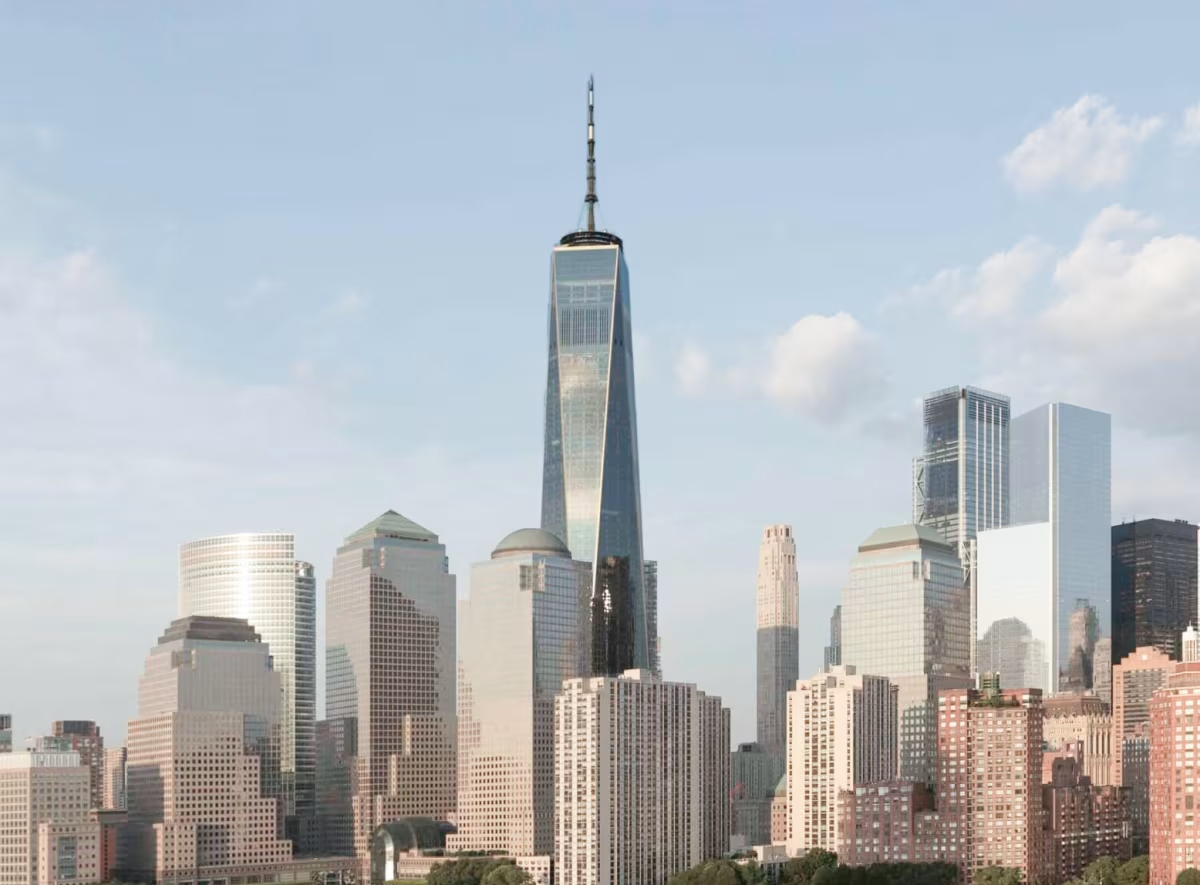Salesforce West vs One World Trade Center


Comparing the Salesforce West and the One World Trade Center is compelling because they were both designed by Skidmore, Owings & Merrill, yet they stand in different cities (San Francisco, CA and New York, NY), and were completed over two decades apart.
What this will allow us to see, is how the same firm's approach adapted to different places in different periods of time.
Height & Size
The One World Trade Center is clearly the larger tower of the two, both in terms of height and number of floors. It rises to 1775ft (541m) with 104 floors above ground, while the Salesforce West reaches 600ft (183m) with 43 floors above ground.
Of course, each project may have faced different briefs or regulatory constraints, which we don't really know about and could also explain the outcome.
Architectural Style
The Salesforce West was designed in the Postmodernism style, while the One World Trade Center reflects the principles of Contemporary.
At the time of their completion, both styles were well established. This makes the comparison especially interesting, because both buildings represent a dominant aesthetic at a particular point in time.Built 29 years apart (1985 vs 2014), these two buildings are a perfect example of how different architectural styles have shaped the architectural landscape of our cities over time.
Uses
Both the Salesforce West and the One World Trade Center were designed to serve as commercial towers, and that has remained their main use since their completion, serving similar roles in the urban fabric.
The Salesforce West also provides 220 parking spaces.
Structure & Facade
The two towers rely on different structural systems, reflecting distinct engineering strategies.
The Salesforce West uses a Frame structural system, which relies on a regular grid of columns and beams to sustain its weight, while the One World Trade Center uses a Framed Tube In Tube system, that combines a strong central core with a perimeter tube of columns.
Yet, when it comes to their facade, they both employed the same solution, a Curtain Wall facade.
A curtain wall is a non-load-bearing facade hung from the structural frame. It is anchored to floor slabs and transfers only its own weight and wind loads, allowing for sleek, glassy exteriors.
| Salesforce West | One World Trade Center | |
|---|---|---|
| Skidmore, Owings & Merrill | Architect | Skidmore, Owings & Merrill |
| 1983 | Construction Started | 2006 |
| 1985 | Year Completed | 2014 |
| Postmodernism | Architectural Style | Contemporary |
| Commercial | Current Use | Commercial |
| 43 | Floors Above Ground | 104 |
| 183 m | Height (m) | 541 m |
| 21 | Number of Elevators | 73 |
| Frame | Structure Type | Framed Tube In Tube |
| Steel | Vertical Structure Material | Steel |
| Concrete And Steel | Horizontal Structure Material | Poured Concrete Over Metal Decking |
| No | Facade Structural? | No |
| Glass, Stone | Main Facade Material | Glass, Steel |
| Fremont Properties | Developer | Port Authority Of New York And New Jersey |
| Skidmore, Owings & Merrill | Structural Engineer | WSP Group |
| MANNTECH Building Maintenance Systems | Facade Consultant | Isreal Berger And Associates |
| CA | State | NY |
| San Francisco | City | New York |
| 50 Fremont Street | Address | 285 Fulton Street |